Skin Flooding 101: What It Is and Why Your Skin Needs It
| Authored by: Sanjana Tharwani |
| Reviewed by: Kapil Dhameja |
| Estimated Reading Time: 6 minutes |
Let’s be honest—skincare trends come and go faster than our will to stick to a 10-step routine. One week it’s slugging, the next it’s skin cycling, and now everyone’s raving about… skin flooding? Sounds dramatic, like we’re about to dunk our face in a bucket and call it self-care. But hold up—it’s actually a thing, and (surprisingly) it makes sense.
Think of skin flooding as giving your face a tall, hydrating glass of water, layer by layer. No chaos, no 15 serums, just some good old-fashioned moisture done the smart way. And for those of us with skin that feels tighter than our schedule during finals week? It might just be the glow-up we didn’t know we needed.
So, before you roll your eyes and scroll past this “trend”, let’s break it down. What is skin flooding? Why is everyone suddenly obsessed? And more importantly, should you bother? (Spoiler: probably, yes.
|
Table Of Contents |
What Is Skin Flooding?

Skin flooding refers to a specific technique that involves products that are hydrating to be layered on damp skin in a specific order. The thinnest, most water-based product should be applied first, and then you should move towards thicker layers. This leads to the goal of flooding your skin with moisture and sealing it in.
You can think of it as giving your thirsty skin a tall glass of water and then putting a lid on it so that not even a single drop escapes.
This technique starts after you’re done cleansing and focuses on humectants (like hyaluronic acid), followed by serums, creams, and a final sealing layer. It is especially beneficial for dehydrated skin or skin with a compromised barrier that is in desperate need of some TLC.
Benefits of Skin Flooding

Skin flooding isn’t yet another TikTok trend. It has roots in dermatological science too, a.k.a., it's legit! Here are some of its user-loved benefits:
-
Deep Hydration: The specific layering technique of skin flooding ensures that water is not only added to your skin but is also retained for longer, giving your skin that juicy and plumped look.
-
Instant Glow: Chances are, your skin looks dull because it's dehydrated. Skin flooding comes to your rescue and helps your skin restore its glow by smoothing texture and improving radiance.
-
Strengthened Skin Barrier: A hydrated skin means reduced irritation, redness, and sensitivity
-
Reduced Appearance of Fine Lines: When your skin is plumped with moisture, fine lines (especially dehydration lines) look less pronounced.
-
Improved Product Absorption: Applying products in the right order can also lead to enhanced absorption of the active ingredients.
Step-by-Step Guide to Skin Flooding

Yes, I know skin flooding sounds overwhelming just from the term itself, but believe me when I say you don’t need a 10-step Korean skincare routine to master it. Let me help you start off with this simple guide:
-
Start With a Gentle Cleanser: Start off by cleansing your skin with a low-pH and non-stripping cleanser to make it feel fresh. Avoid anything foamy or heavily fragranced.
-
Apply a Hydrating Mist or Toner: Prep your damp skin and provide it with the first layer of moisture. Go for products rich in glycerin, aloe vera, or rose water.
-
Layer a Humectant Serum: Use a hydrating serum with hyaluronic acid, polyglutamic acid, panthenol, or beta-glucan. Do not rub it; just gently press it in.
-
Extra Layer: While this step is completely optional, it is extremely beneficial. Follow up with another serum (maybe something with niacinamide or peptides) to aid with other skin concerns like texture or dullness.
-
Seal With Moisturiser: Opt for a moisturiser that suits your skin best. Choose richer creams with ceramides and squalene for dry skin or a lightweight gel-cream for oily skin.
-
Sealing Layer: Again, this is an optional step that can be done during your nightly routine. For extra dryness, you can top it off with a facial oil or petroleum jelly to lock everything in and prevent water loss.
Best Ingredients for Skin Flooding
To get the most out of your flooding routine, look for these top-performing ingredients:
|
Ingredient |
Purpose |
Skin Type |
|
Hyaluronic Acid |
Binds water to the skin |
All skin types |
|
Glycerin |
A classic humectant that hydrates deeply |
All skin types |
|
Panthenol (B5) |
Soothes and moisturises |
Sensitive skin |
|
Polyglutamic Acid |
Holds 4x more moisture than hyaluronic |
Dry skin |
|
Beta-Glucan |
Repairs and calms |
Irritated skin |
|
Niacinamide |
Strengthens barrier + evens tone |
All skin types |
|
Ceramides |
Fortify the skin barrier |
Dry/sensitive |
|
Squalane |
Lightweight emollient for moisture lock |
Oily/dry skin |
Who Should Try Skin Flooding?
Ideal Candidates:
-
Anyone with dry or dehydrated skin
-
People experiencing tightness, flaking, or dullness
-
Skin that's been over-exfoliated or sensitised by actives like retinol
-
Aging or mature skin seeking a plumper look
Maybe Not For Everyone
If you have very oily or acne-prone skin, you’ll need to tweak the routine. Focus on light humectants and skip heavy occlusives that could clog pores.
Common Mistakes to Avoid
Just because it sounds simple doesn’t mean there’s no room for error. Avoid these common mistakes:
-
Using Too Many Products: While the name contains the term ‘flooding’, do not take it literally, please. Use 3-5 hydrating products at max.
-
Letting Skin Dry Between the Steps: Damp skin is a huge aspect of skin flooding. Timing is key! If your skin ends up drying after cleansing, the products in the follow-up steps might end up drawing water from your skin instead, causing more dryness.
-
Skipping the Final Seal: You must seal in all your layers. If you stop at serums, all the moisture can evaporate really fast.
-
Layering Incompatible Actives: Avoid layering strong actives like AHAs, BHAs, or retinol within your flooding routine. Hydration and actives should ideally be split between AM and PM.
How to Incorporate Skin Flooding into Your Routine
You don’t have to flood your skin daily. It works best when your skin asks for it. Think: colder months, after sun exposure, or when your skin feels extra dry.
Here’s how you can incorporate it in:
→ PM Routine (Best Time for Flooding): Night is ideal because your skin naturally loses more moisture while you sleep. Plus, there would be no makeup or sunscreen to interfere.
→ 2–3 Times a Week: Start slow and build based on how your skin responds. Overdoing it can lead to congestion in oily skin types.
→ Pair with Your Actives: Flooding works great on alternate nights when you're not using retinol or acids. It helps restore hydration and balance.
Conclusion
Skin flooding is more than just a buzzy term; it’s a skincare method that actually delivers. By layering hydration-rich products on damp skin and sealing them in, you can help your skin stay plump, healthy, and glowing. Whether you're battling winter dryness or just want a more glowy finish, skin flooding is a powerful technique to have in your skincare essentials.
Just remember: it’s not about more products; it’s about smarter layering. Listen to your skin, start simple, and you might just find that this trend is a keeper.
Recommended Products:
Anti-Aging Skincare Products with Plant Based Alternative to Retinol
Natural Sunscreen with SPF 30 & SPF 50
Related Articles:
Skin Cycling: Smart Skincare Strategy or Just Another Trend?


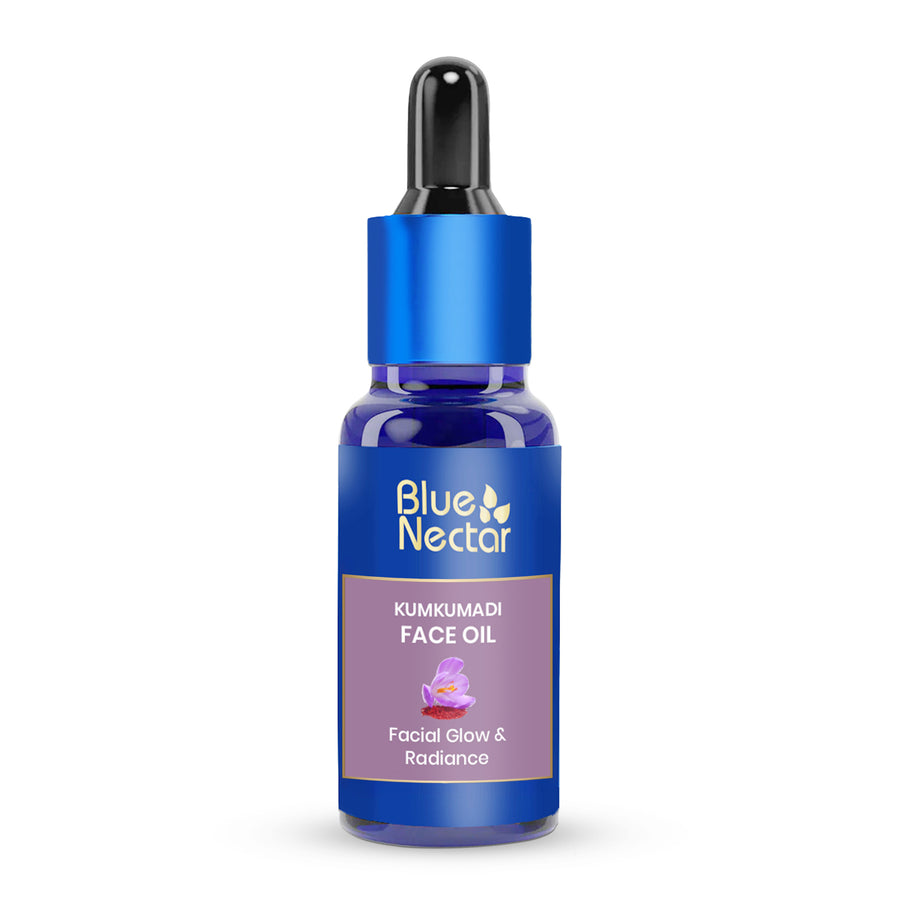
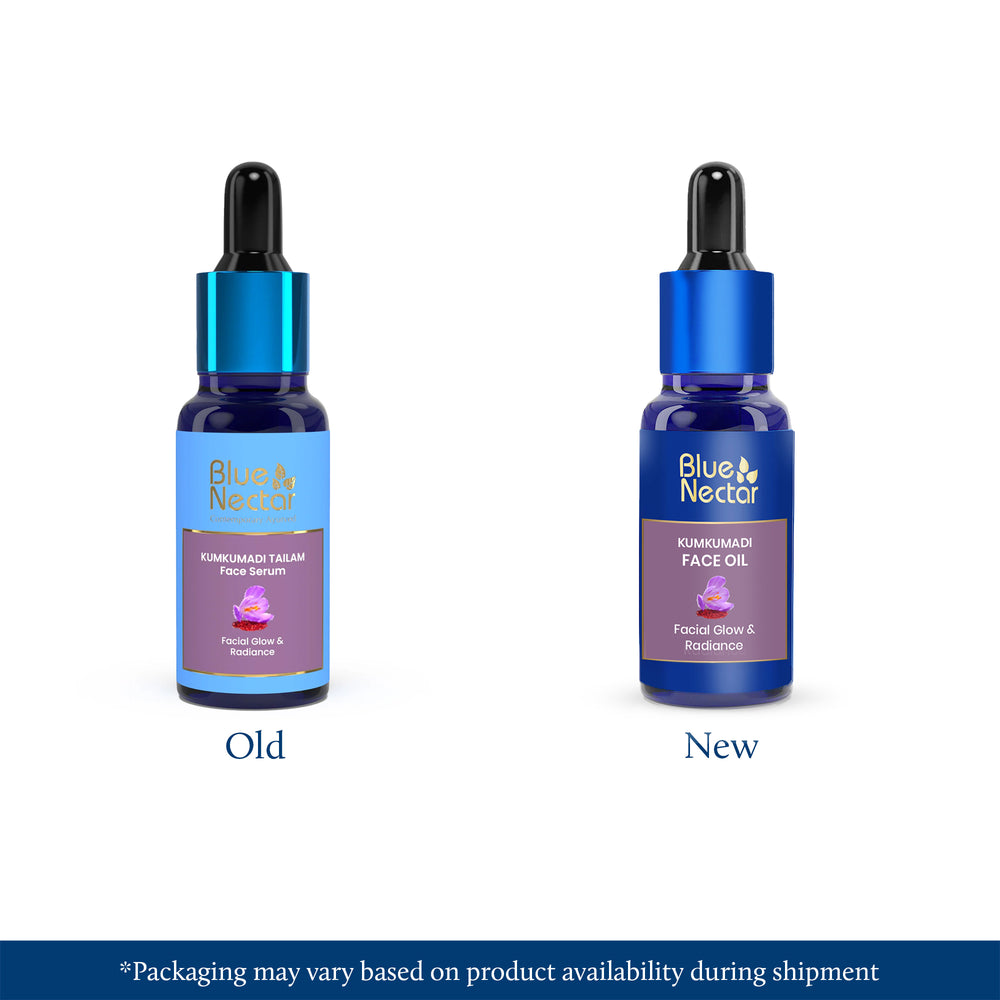
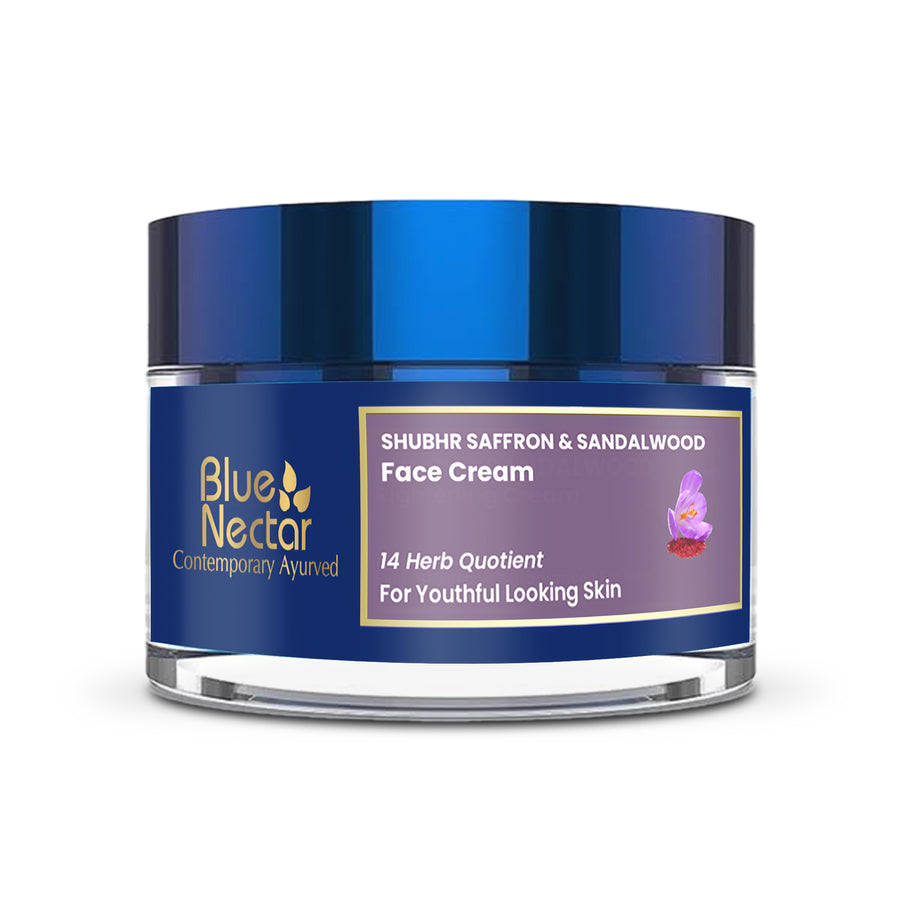
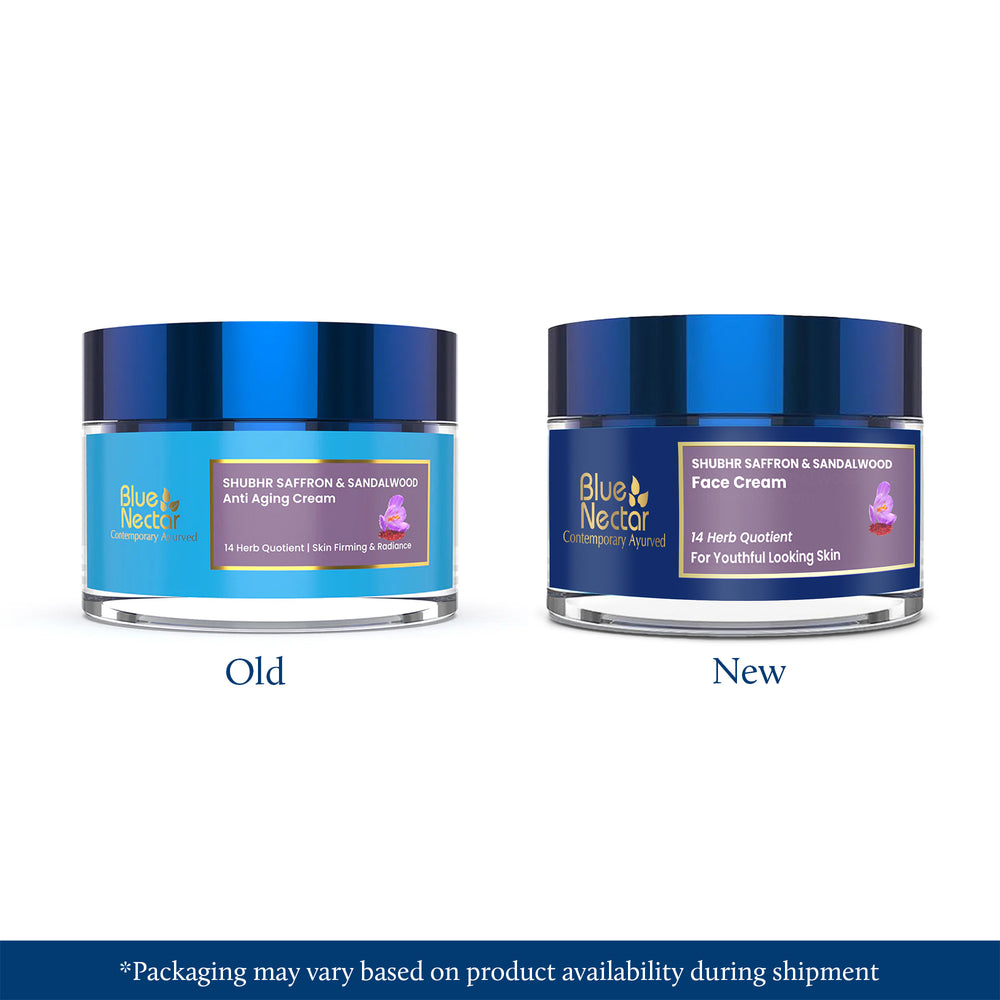
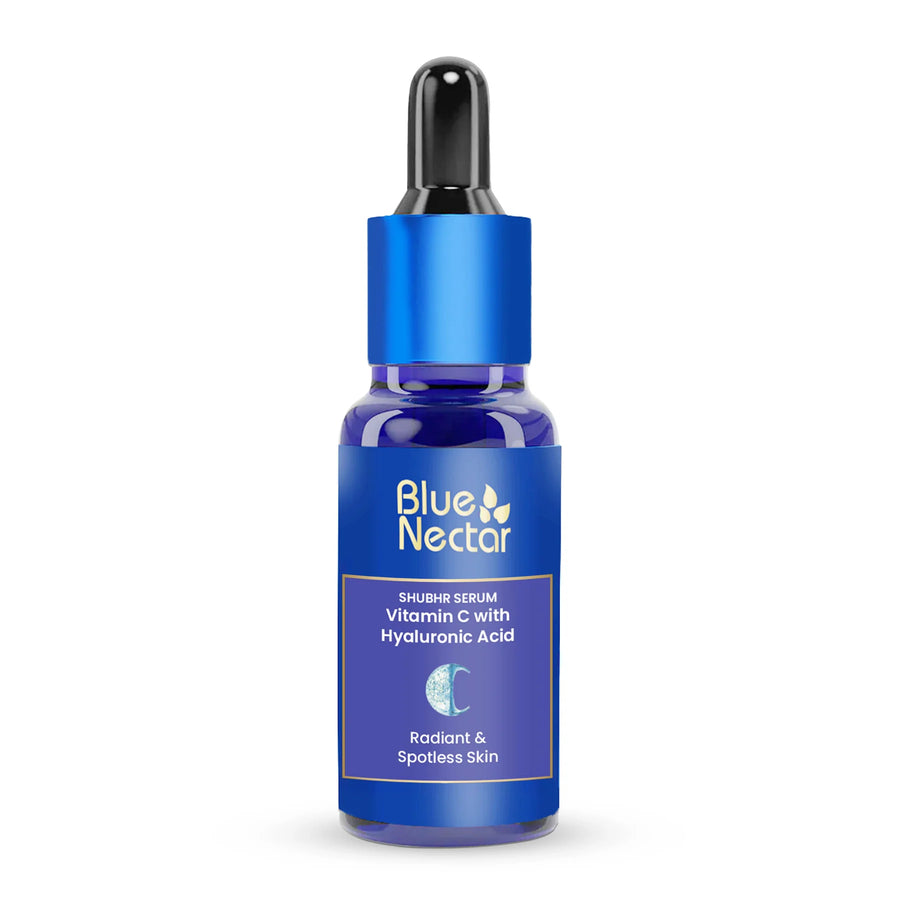
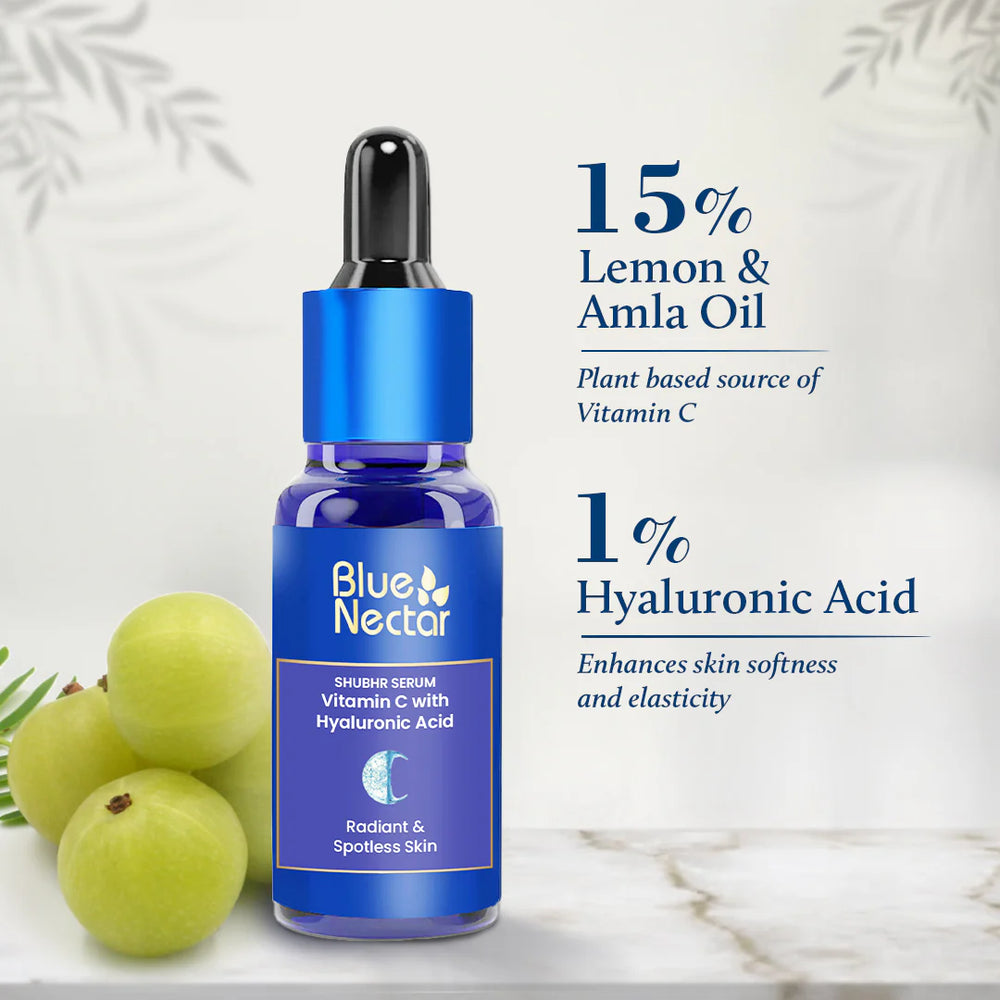

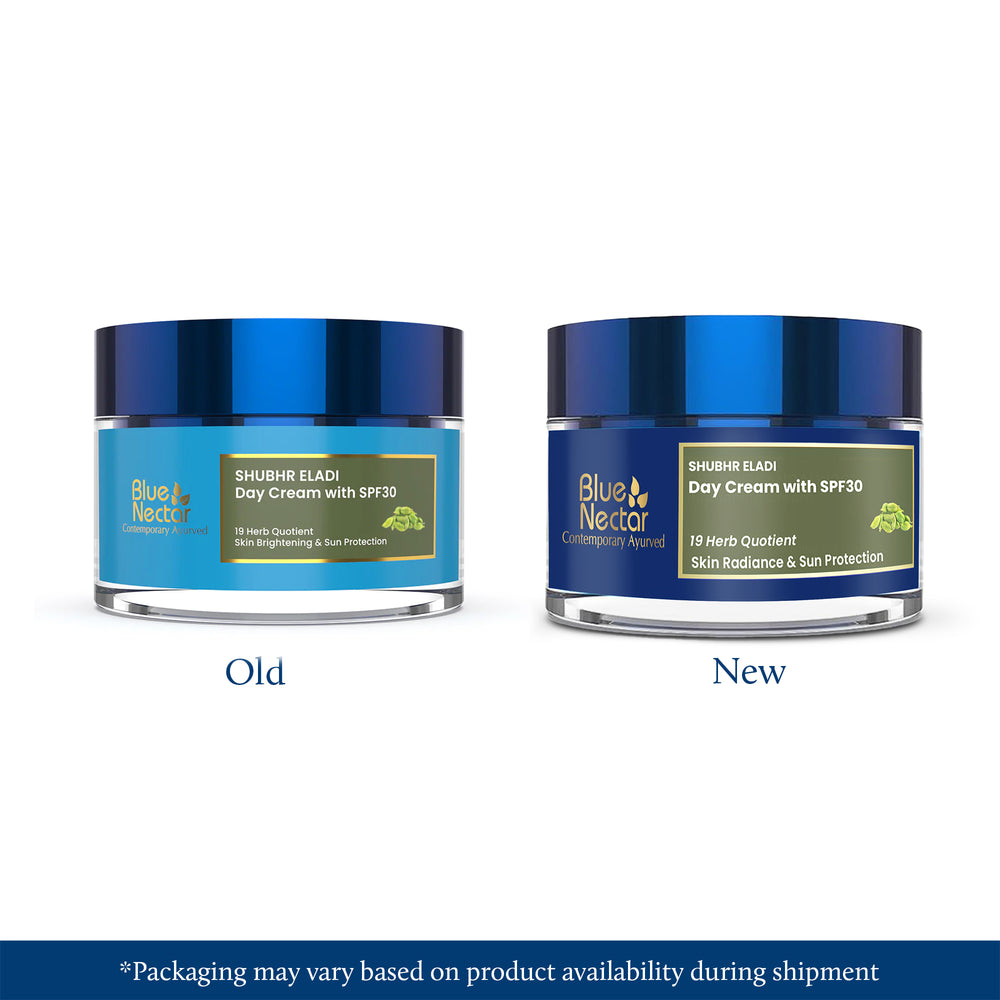
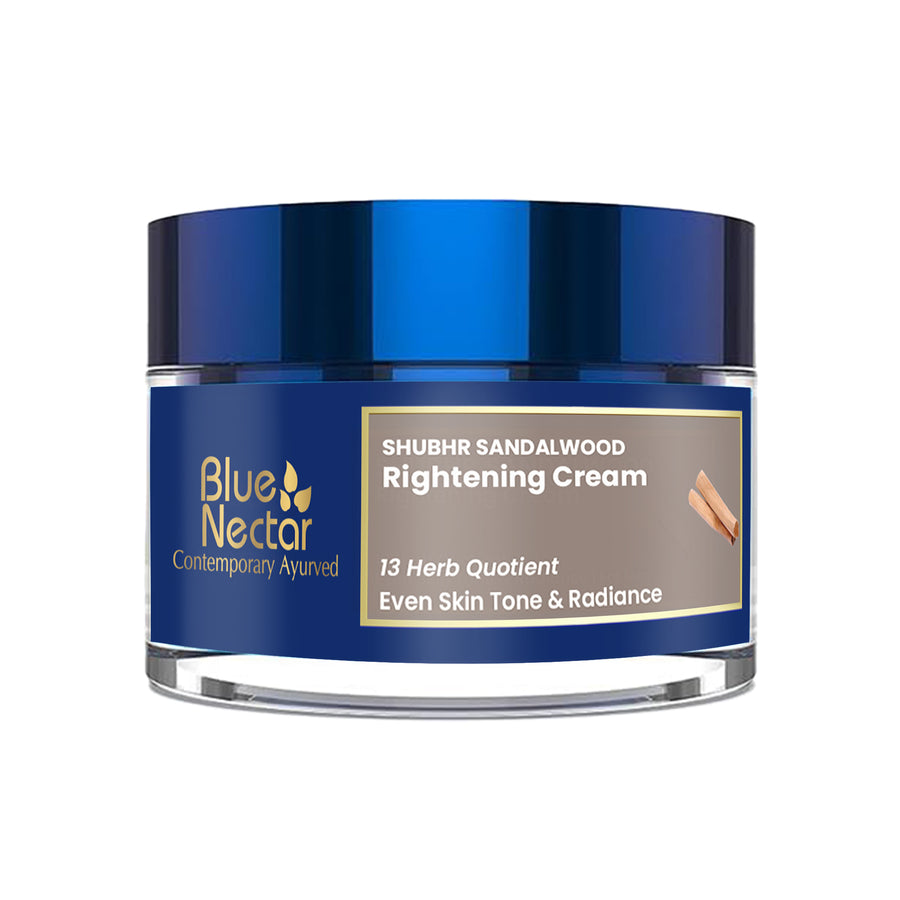
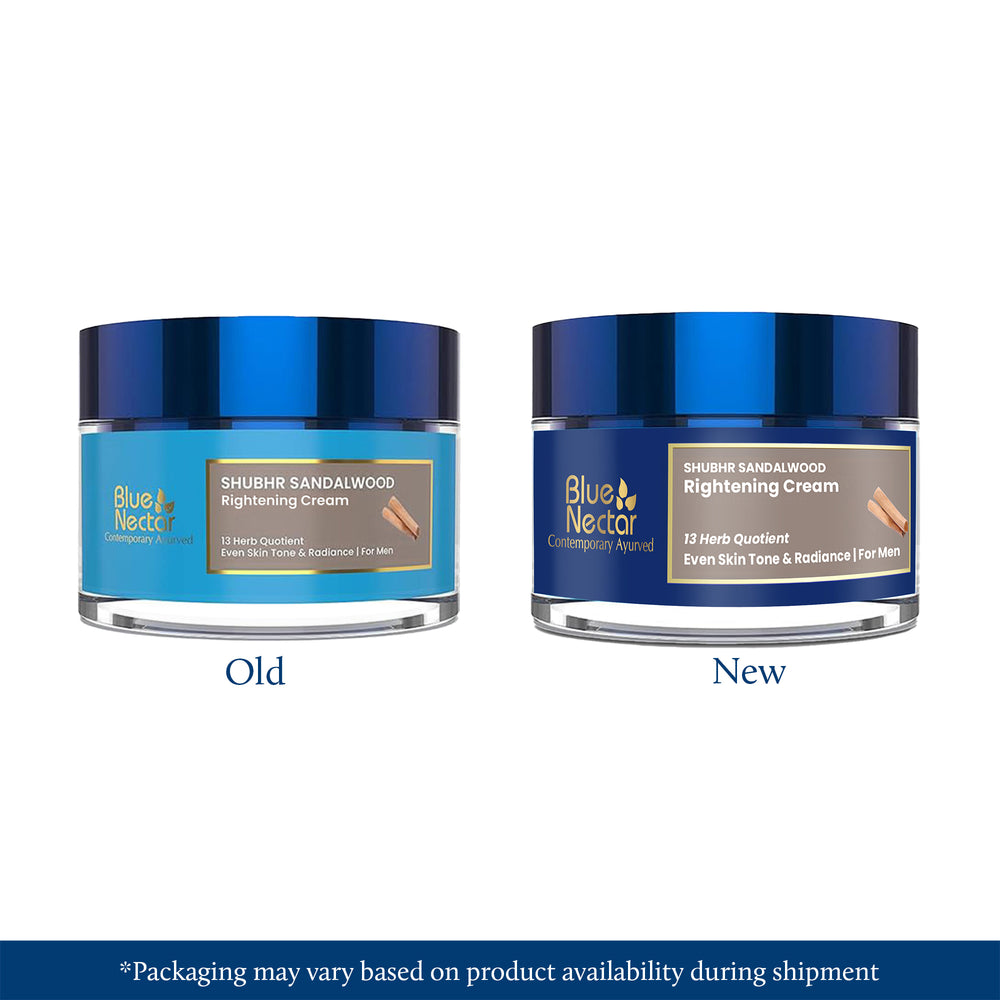




Leave a comment